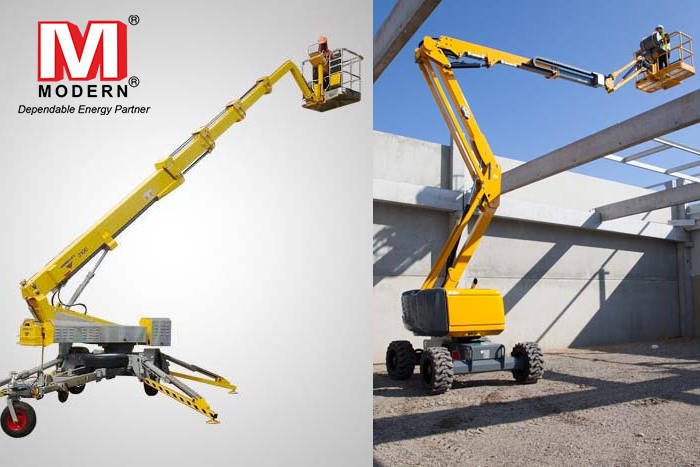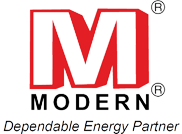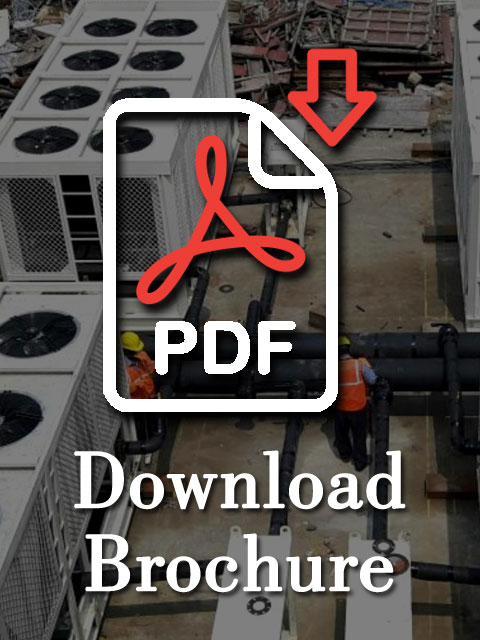
Articulated Boom Lifts vs. Scissor Lifts: Choosing the Right Equipment for Your Needs
Selecting the right aerial lift equipment is crucial for the efficiency and safety of your project. Articulated boom lifts and scissor lifts are two popular choices, each offering distinct advantages for different applications. Understanding the differences between these lifts will help you make an informed decision that best suits your needs.
Articulated Boom Lifts: Flexibility and Reach
Articulated boom lifts, also known as knuckle booms, are designed with multiple sections that can bend or articulate, allowing the operator to maneuver around obstacles and access hard-to-reach areas. Here are some key benefits:
Advantages of Articulated Boom Lifts:
- Versatility: The articulated design enables the lift to reach over and around obstacles, making it ideal for tasks that require precise positioning.
- Extended Reach: These lifts offer significant horizontal and vertical reach, making them suitable for tasks like tree trimming, electrical work, and exterior building maintenance.
- Terrain Adaptability: Many articulated boom lifts are equipped with all-terrain capabilities, allowing them to operate on rough or uneven surfaces.
- Compact Size: When retracted, these lifts are compact enough to fit through narrow spaces, providing access to confined areas.
Ideal Applications for Articulated Boom Lifts:
- Construction: Reaching over structures and accessing high or obstructed areas.
- Maintenance: Performing maintenance tasks on buildings, bridges, and other tall structures.
- Event Setup: Installing lighting, audio equipment, and decorations in challenging locations.
Scissor Lifts: Stability and Capacity
Scissor lifts are characterized by their crisscrossing support that expands vertically, providing a stable platform for workers. These lifts are known for their simplicity and robustness, with several distinct advantages:
Advantages of Scissor Lifts:
- Larger Work Platform: Scissor lifts offer spacious platforms, allowing multiple workers and equipment to be elevated simultaneously.
- Higher Load Capacity: These lifts can handle heavier loads compared to articulated boom lifts, making them suitable for tasks that require substantial equipment.
- Stability: The design provides excellent stability, which is crucial for tasks that demand precision and safety at height.
- Cost-Effective: Generally, scissor lifts are less expensive to rent and operate, providing a budget-friendly option for various projects.
Ideal Applications for Scissor Lifts:
- Indoor Maintenance: Performing repairs, installations, and painting in large indoor spaces like warehouses, factories, and shopping centers.
- Construction: Ideal for tasks that require a stable and secure platform, such as installing windows, drywall, or other building materials.
- Warehousing: Accessing high shelves for inventory management and stocktaking.
Choosing the Right Equipment for Your Needs
When deciding between an articulated boom lift and a scissor lift, consider the specific requirements of your project:
- Reach and Maneuverability: If your project involves accessing difficult-to-reach areas or maneuvering around obstacles, an articulated boom lift is likely the better choice.
- Load and Platform Size: For tasks that require a larger work platform and higher load capacity, a scissor lift is more suitable.
- Terrain and Environment: Consider the operating environment. Articulated boom lifts are better suited for rough terrains, while scissor lifts are ideal for stable, flat surfaces.
- Budget: Evaluate your budget and the rental costs. Scissor lifts tend to be more economical for projects with tight budget constraints.

